[Introduction] SmartSens has released a number of new CIS products, including security 4K/8K CIS chips, automotive-grade two-in-one CIS+ISP chips, industrial-grade application CIS, and 16-million-pixel mobile phone series CIS chips.
On December 27, SmartSens (Shanghai) Electronic Technology Co., Ltd. (hereinafter referred to as "SmartSens") held the 2021 CIS new product launch conference in Shenzhen. According to Chief Operating Officer Ma Weijian, SmartSens has released a number of new CMOS image sensor (CIS) chips, covering security, automotive electronics, mobile phones, machine vision and other fields.

Ma Weijian, Chief Operating Officer of SmartSens
Ma Weijian said that as of now, SmartSens has released and mass-produced 36 new CIS products in 2021. Among them, 31 CIS products have been taped out, 12 of which are related to the security field, 6 are in the automotive electronics field, 3 are in machine vision, 7 are in mobile phone products, and 3 are in consumer products. The growth momentum of security and machine vision CIS is significant, and major breakthroughs have also been achieved in automotive, mobile phones and consumer products.
SmartSens releases several new CIS products for security, automotive electronics, mobile phones and machine vision
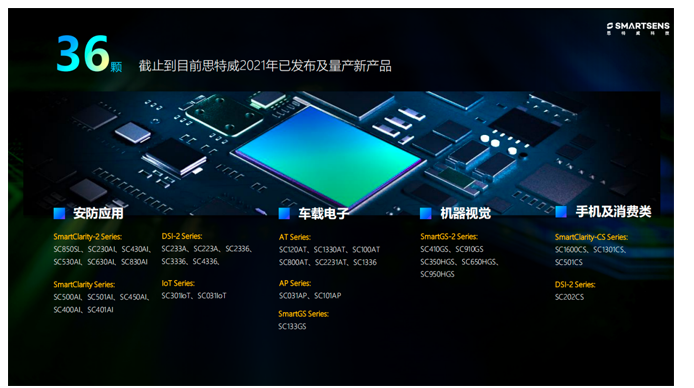
Figure 1: SmartSens CMOS image sensor product line and focus areas
Focusing on the four major sectors of the industry, continuing to innovate CIS technology
In recent years, CIS has benefited from the policy dividend and has developed rapidly, and has continued to grow in the security monitoring, smart car, consumer electronics, and industrial application markets. The increasing popularity of multi-cameras in smartphones, the advancement of ADAS assisted safety, and the performance of CIS in low-light and other lighting environments are driving the realization of CIS for security purposes.
According to Yole data, 98% of the global CIS product market revenue comes from the six major markets of smartphones, security monitoring, autonomous driving, computers, industrial and consumer electronics. Smartphones (accounting for 68%) ranked first; security monitoring, computers, and autonomous driving followed with 8%, 8% and 7% respectively; consumer electronics and industry accounted for 4% and 3% respectively.
According to SmartSens data, the company's CMOS image sensor business mainly includes four major sectors: security, automotive electronics, machine vision, mobile phones and consumer products. Among them, security and machine vision account for more than 90% of its total revenue, and automotive electronics, mobile phones and consumer products are also taking advantage of the trend.
In the security field, the trend of high-definition image sensors is becoming more and more apparent. Tan Yang, vice president of the security chip department, pointed out that the demand for 2K and above has increased significantly, the demand for 4K has increased significantly, and the demand for ultra-high resolution has expanded to 8K. More market applications require CIS to have higher frame rates, 4K/8K clear imaging, rich HDR combinations, excellent noise control and excellent night vision imaging.
SmartSens releases several new CIS products for security, automotive electronics, mobile phones and machine vision
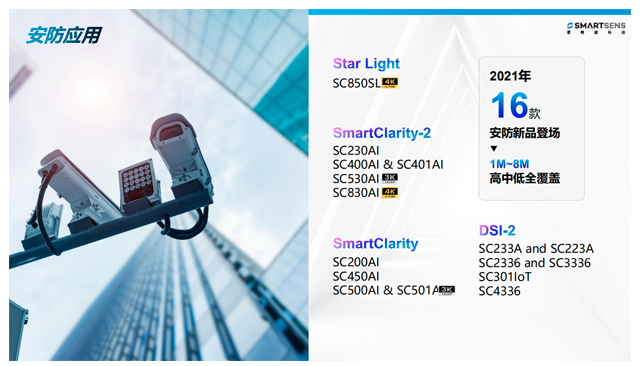
Figure 2: SmartSens launches 16 new security products in 2021, with pixel coverage ranging from 1M to 8M
In response to this, SmartSens' 4K Pro HD "SC850SL" and "SC830AI" and 8K Pro HD CIS new products debuted at this conference. According to its introduction, SmartSens has launched 16 new security products in 2021. From 100 million pixels to 800 million pixels, it has achieved full coverage of high, medium and low.
SmartSens releases several new CIS products for security, automotive electronics, mobile phones and machine vision
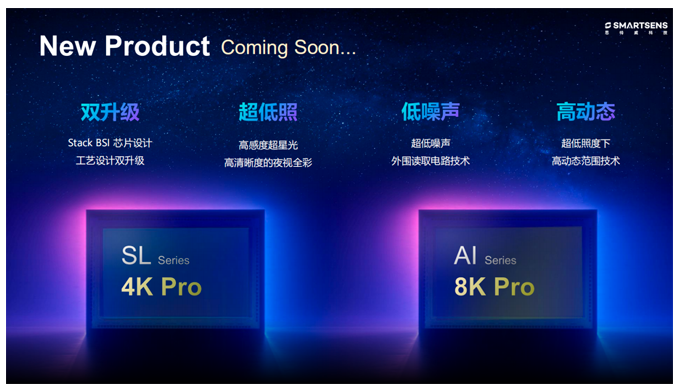
Figure 3: SmartSens releases 4K/8K Pro high-definition CMOS image sensor chip for security scene applications
Ma Weijian pointed out that in 2021, SmartSens' security and IoT applications have undergone a comprehensive technological upgrade, innovatively adopting SmartClarity-2, DSI-2 and the new Star Light technology to innovate CIS products, making CMOS image sensors more advantageous in terms of frame rate, resolution, dynamic performance, power consumption, noise performance, etc.
SmartSens releases several new CIS products for security, automotive electronics, mobile phones and machine vision
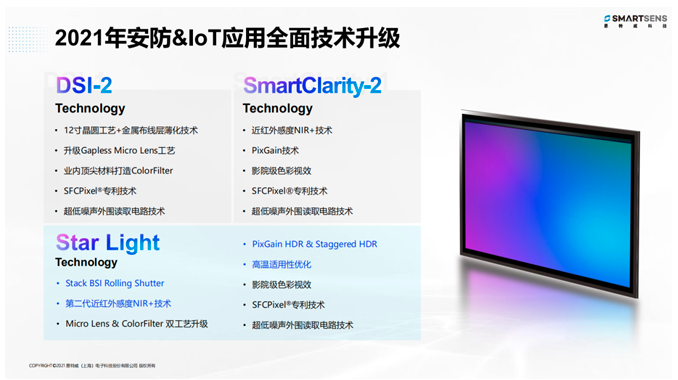
Figure 4: Core technologies of CMOS image sensors in SmartSens security/AIoT applications
In the field of machine vision, SmartSens has established a new industrial and emerging sensor department, focusing on the research and development of machine vision and high-end large-format image sensors. It has launched the new SmartGS®-2 series, including the "SC410GS" and "SC910GS" for intelligent transportation applications, and the "SC350HGS", "SC650HGS", and "SC950HGS" for industrial machine vision applications.
SmartSens releases several new CIS products for security, automotive electronics, mobile phones and machine vision
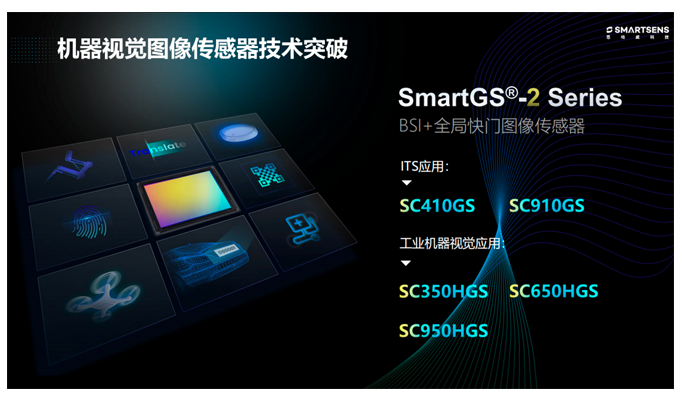
Figure 5: SmartSens releases five new SmartGS®-2 series image sensors for machine vision
As automobiles continue to develop towards intelligence, automation and electrification, Shao Ke, vice president of SmartSens Automotive Chip Division, said that currently, a single smart car can be equipped with up to 15 cameras, including 1 for rear-view, 4 for 360° surround, and 1-3 for streaming media applications in the vehicle imaging category; 1-3 for front-view and 4 for side-view in the vehicle perception ADAS category.
In response to the huge market demand, SmartSens has established a new automotive chip department in the field of automotive electronics. With its domestically developed automotive image sensor technology, SmartSens enables three major automotive intelligent vision application directions: automotive imaging applications, automotive sensing ADAS applications, and in-cabin applications. SmartSens has also innovatively launched the new automotive-grade two-in-one CIS+ISP "SC120AT". In addition, a number of automotive CIS products are about to be mass-produced.
SmartSens releases several new CIS products for security, automotive electronics, mobile phones and machine vision
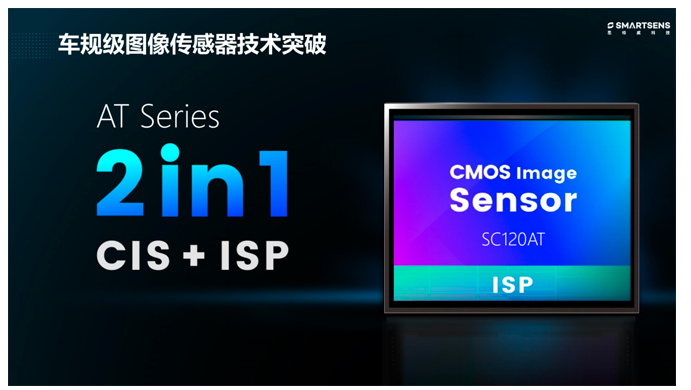
Figure 6: SmartSens releases the new automotive-grade 2-in-1 CIS+ISP SC120AT
In the field of consumer electronics, SmartSens launched new CS series image sensors for mobile phone applications, including the 16-megapixel "SC1600CS" and the 13-megapixel "SC1300CS"/"SC1301CS". The 1.0um pixel size, high-definition pixels and QCell technology enable them to have high-quality imaging performance.
SmartSens releases several new CIS products for security, automotive electronics, mobile phones and machine vision
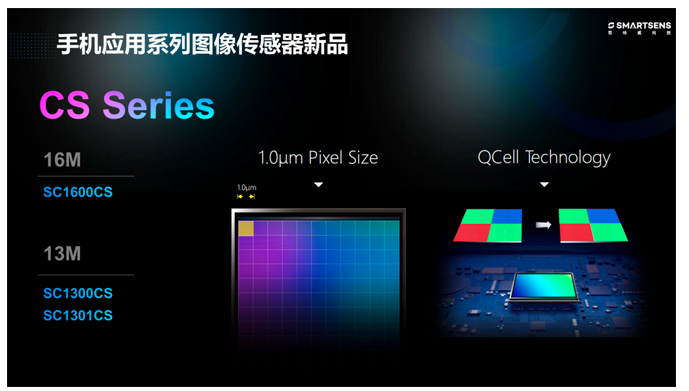
Figure 7: SmartSens releases new image sensor series for mobile applications
IPO passed the review, adding CMOS image sensors
Chief Operating Officer Ma Weijian said that SmartSens will continue to deepen its research in the field of CMOS image sensors, adhering to the product value of "based on the market and excellent in quality" and the service concept of "thinking what customers think and enabling customers to do what they can" to provide customers with better services.
In October this year, SmartSens' IPO was approved and is about to be listed. The company plans to raise more funds to continue to deepen its CMOS image sensor business in the fields of security, machine vision, automotive electronics, and mobile phones.
Specifically, in terms of CIS investment, SmartSens independently develops a systematic upgrade platform for image sensor testing, upgrades equipment and upgrades CMOS image sensor technology.
SmartSens releases several new CIS products for security, automotive electronics, mobile phones and machine vision

Figure 8: SmartSens’ self-developed system-upgraded image sensor test platform
On the supply chain side, the company has established stable cooperative relationships with wafer fabs such as TSMC, Samsung Electronics, and Hefei Jinghe, as well as packaging plants such as Jingfang Technology and Huatian Technology, ensuring the company's demand for continued growth in production capacity as it rapidly develops.
In terms of customer channels, I have learned that SmartSens CIS products have been used in terminal products of brands such as Dahua Technology, DJI Innovations, Uniview Technology, TP-Link Technology, Tiandi Weiye, NetEase Youdao, and Ecovacs.
In terms of product innovation, SmartSens has developed image sensors with high signal-to-noise ratio, high sensitivity, high-speed global shutter capture, ultra-wide dynamic range, ultra-high near-infrared sensitivity, and low power consumption. In the future, SmartSens will maintain high-speed technology iteration and continue to innovate and develop new CIS products.
Previous article:Empowering mid-to-high-end 4K smart security applications, the 8MP image sensor SC830AI is newly released
Next article:Misunderstandings about image sensors: sensor types
- Popular Resources
- Popular amplifiers
- Mir T527 series core board, high-performance vehicle video surveillance, departmental standard all-in-one solution
- Akamai Expands Control Over Media Platforms with New Video Workflow Capabilities
- Tsinghua Unigroup launches the world's first open architecture security chip E450R, which has obtained the National Security Level 2 Certification
- Pickering exhibits a variety of modular signal switches and simulation solutions at the Defense Electronics Show
- Parker Hannifin Launches Service Master COMPACT Measuring Device for Field Monitoring and Diagnostics
- Connection and distance: A new trend in security cameras - Wi-Fi HaLow brings longer transmission distance and lower power consumption
- Smartway made a strong appearance at the 2023 CPSE Expo with a number of blockbuster products
- Dual-wheel drive, Intellifusion launches 12TOPS edge vision SoC
- Toyota receives Japanese administrative guidance due to information leakage case involving 2.41 million pieces of user data
- LED chemical incompatibility test to see which chemicals LEDs can be used with
- Application of ARM9 hardware coprocessor on WinCE embedded motherboard
- What are the key points for selecting rotor flowmeter?
- LM317 high power charger circuit
- A brief analysis of Embest's application and development of embedded medical devices
- Single-phase RC protection circuit
- stm32 PVD programmable voltage monitor
- Introduction and measurement of edge trigger and level trigger of 51 single chip microcomputer
- Improved design of Linux system software shell protection technology
- What to do if the ABB robot protection device stops
- CGD and Qorvo to jointly revolutionize motor control solutions
- CGD and Qorvo to jointly revolutionize motor control solutions
- Keysight Technologies FieldFox handheld analyzer with VDI spread spectrum module to achieve millimeter wave analysis function
- Infineon's PASCO2V15 XENSIV PAS CO2 5V Sensor Now Available at Mouser for Accurate CO2 Level Measurement
- Advanced gameplay, Harting takes your PCB board connection to a new level!
- Advanced gameplay, Harting takes your PCB board connection to a new level!
- A new chapter in Great Wall Motors R&D: solid-state battery technology leads the future
- Naxin Micro provides full-scenario GaN driver IC solutions
- Interpreting Huawei’s new solid-state battery patent, will it challenge CATL in 2030?
- Are pure electric/plug-in hybrid vehicles going crazy? A Chinese company has launched the world's first -40℃ dischargeable hybrid battery that is not afraid of cold
- FPGA beginners ask for help with Verilog test code
- Implementation of AGC in Ultrasonic Gas Flow Meter Based on FPGA
- SensorTile.box---1. Unboxing
- I found a very good 51 single-chip microcomputer tutorial book and recommend it to beginners for self-study of programming.
- This is a circuit diagram I found on the Internet. I would like to ask the experts to analyze how this circuit oscillates.
- 【CH579M-R1】+ Comparison of two CH579 M development boards
- PCB board design method and key points analysis
- A high-precision pulse width measurement system based on digital phase shifting technology.docx
- [AT-START-F425 Review] + Hardware I2C and software simulation I2C speed comparison
- Problems with emulating VCD file system tasks

 ALD2726SBXXXX
ALD2726SBXXXX
















 京公网安备 11010802033920号
京公网安备 11010802033920号